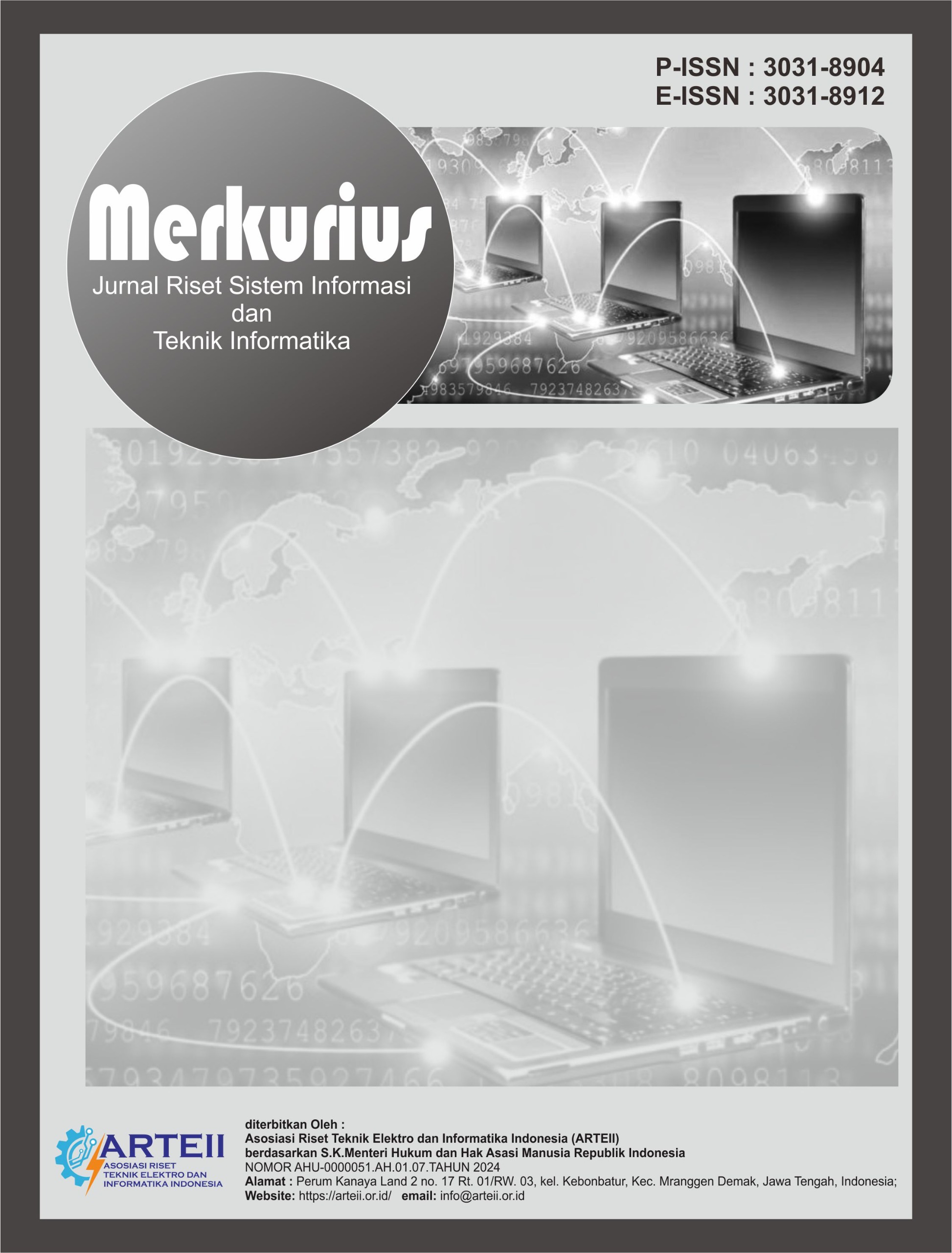Keamanan Kernel Linux : Pendekatan Hardening dan Perlindungan terhadap Serangan Eksploitasi
DOI:
https://doi.org/10.61132/merkurius.v3i1.620Keywords:
Dirty COW, Mitigation, Hardening, SELinux, ASLRAbstract
Linux kernel security is a critical aspect of ensuring the integrity and stability of operating systems. Vulnerabilities like Dirty COW (CVE-2016-5195) illustrate how exploitative threats can severely impact systems, particularly those that are not regularly updated. This study analyzes the working mechanism of Dirty COW, its impact, and mitigation strategies based on Linux kernel hardening techniques, including the use of security modules like SELinux and AppArmor, as well as the Address Space Layout Randomization (ASLR) technique. Through attack simulations and mitigation evaluations, the findings emphasize the importance of regularly applying kernel patches to maintain system security. This study aims to provide practical guidance for enhancing Linux kernel resilience against exploitation attacks.
References
Akamai. (2023). Xurum Exploits and Dirty COW: An Analysis. Retrieved from https://www.akamai.com
Anderson, R. J. (2020). Security Engineering: A Guide to Building Dependable Distributed Systems (3rd ed.). Wiley.
Bovet, D. P., & Cesati, M. (2005). Understanding the Linux Kernel (3rd ed.). O'Reilly Media.
Canonical. (2023). Mitigation of Dirty COW on Ubuntu Systems. Retrieved from https://ubuntu.com
Chou, A., et al. (2001). An empirical study of operating systems errors. ACM Symposium on Operating Systems Principles, 73-88.
Corbet, J., Kroah-Hartman, G., & McPherson, A. (2009). Linux Kernel Development. Addison-Wesley.
Cowan, C., et al. (1998). StackGuard: Automatic adaptive detection and prevention of buffer-overflow attacks. USENIX Security Symposium Proceedings, 63-78.
Google Project Zero. (2016). Dirty COW Exploit Analysis. Retrieved from https://googleprojectzero.blogspot.com
Grsecurity. (2016). Kernel Hardening: The Role of Grsecurity and PaX. Retrieved from https://grsecurity.net
Intel. (2016). Security Best Practices for Linux Systems. Retrieved from https://www.intel.com
Love, R. (2010). Linux Kernel Development (3rd ed.). Addison-Wesley.
Mitre. (2016). CVE-2016-5195. Retrieved from https://cve.mitre.org
NIST. (2016). National Vulnerability Database: CVE-2016-5195. Retrieved from https://nvd.nist.gov
Openwall Project. (2017). Linux Kernel Security Hardening: Openwall Patches. Retrieved from https://openwall.com
PaX Team. (2016). Address Space Layout Randomization (ASLR): Enhancing Linux Kernel Security. Retrieved from https://pax.grsecurity.net
Red Hat. (2016). Dirty COW Vulnerability and Its Impacts. Retrieved from https://www.redhat.com
Stallings, W. (2017). Operating Systems: Internals and Design Principles (9th ed.). Pearson.
Tanenbaum, A. S., & Bos, H. (2014). Modern Operating Systems (4th ed.). Pearson.
Torvalds, L. (2007). Linux Kernel Source Code. Available at https://kernel.org
Wagner, D., & Dean, D. (2001). Intrusion detection via static analysis. Proceedings of the IEEE Symposium on Security and Privacy, 156-168.
Downloads
Published
How to Cite
Issue
Section
License
Copyright (c) 2024 Merkurius : Jurnal Riset Sistem Informasi dan Teknik Informatika

This work is licensed under a Creative Commons Attribution-ShareAlike 4.0 International License.





